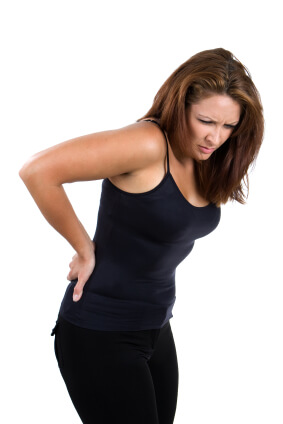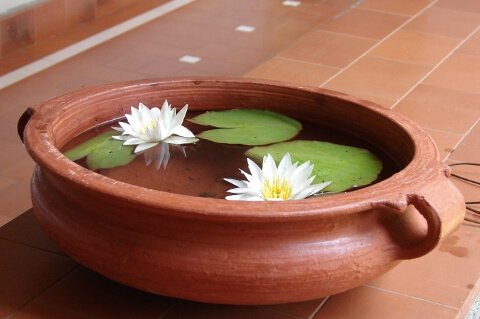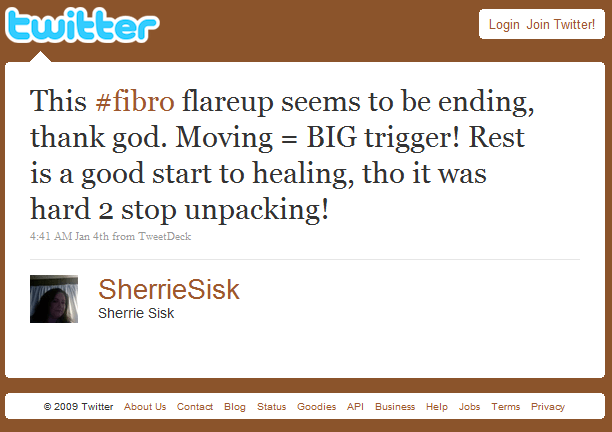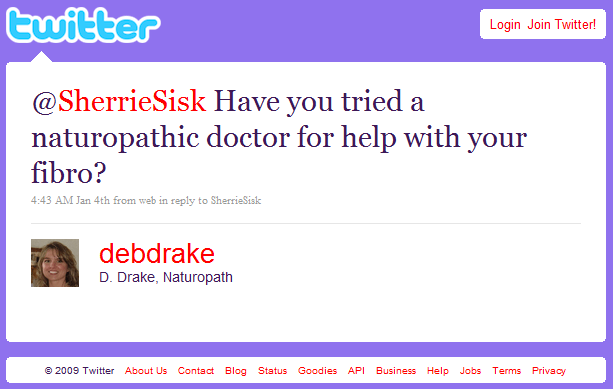Over on Twitter, I’ve noticed a few conversations about “back pain” — that actually turn out to be … well, how can I say this delicately? … more of a pain in the posterior, than in the back.
That, my Doll friends, is (most likely) sciatica.
And despite what you might think if you’ve never actually experienced it, sciatica is not just some old person’s disease that’s more funny than seriously painful.
Sciatica can be a debilitating, constant pain that interferes with your life in a big way. I know this from bitter personal experience.
But there are some things you can do to relieve that awful pain. Some of them don’t even require a prescription!
What Is Sciatica?
First, let’s make sure we understand what sciatica is. Running down the length of each of your legs, from the middle of the butt cheek all the way down to the heel, is a long nerve called the sciatic nerve.
When that nerve gets irritated or compressed, either due to a structural problem (like scoliosis or a ruptured disk in your spine), you experience the wonderful world of sciatica. Sciatica can also be caused by a tight piriformis muscle.
Even if a tight piriformis isn’t to blame, though, stretching that muscle can relieve the sciatica (more on that later).
Sometimes that pain will run all the way down the leg, possibly even interfering with your ability to walk or stand for long periods. Sometimes, it will remain in the gluteus maximus area. It might hit one side or the other, or both, depending on the cause of the irritation.
What to Try First When You Experience Sciatic Pain
Of course, the standard disclaimers apply: I am not a doctor, and you should absolutely NOT take anything in this article as medical advice. Please talk to your own doctor first.
What I’m about to divulge is a narrative of the things I tried when I was pregnant and couldn’t take any medication stronger than Tylenol(tm).
The Single Best Yoga Pose for Sciatica
I won’t make you read the whole article for my best trick: a modified yoga pose I call “Threading the Needle.”
- Lie down on your back, with your knees bent. You might want to use a pillow for your head and neck.
- Slowly bring your left knee to your chest and straighten your right leg almost all the way. NOTE: it’s really important not to straighten it completely, even if you can do so comfortably. For some reason, it’s that “almost straight” posture of the right leg that really gets the left piriformis going. Hold that pose for 30-60 seconds, breathing deeply the entire time.
- Now, bring the right knee back up to a bent position and simultaneously lower your left leg, so both your knees are bent.
- Next, again bring your left knee to the chest, but this time, you’re going to cross your left leg over the right, resting the left outside ankle about three inches above your right knee. Gently stretch the inner thighs by pressing the left leg away from your torso, using the ankle on the knee as leverage. Do NOT strain here!
- Now, here’s the really kick-butt part: with both hands, grab your right thigh. If it’s possible for you, grasp your hands behind the leg. If not, just grab hold on either side.
- Now, slowly, and without straining, pull your right leg up closer to your torso, with the left leg still resting on the right. Hold it for 30-60 seconds, breathing deeply continuously.
After you’ve stretched the left piriformis, gently take the left leg off the right, lower your legs to the ground and shake them out a little. Then reverse the entire sequence on the other side.
If you know what you’re doing with yoga, you can also try this pose, King Pigeon pose. It accomplishes the same thing — stretching the piriformis — but goes much deeper.
Please do NOT try this unless you’ve done yoga for awhile and you know what you’re doing!! This is NOT a beginner pose.
Conservative Treatment Options for Sciatic Pain
In addition to the yoga sequence above, you can try the following options at home. Remember that sciatica is most likely not going to vanish overnight. It will require consistent attention over the course of several days before you see significant relief, in all likelihood. Don’t give up!
- Ice massage: Take a styrofoam cup and fill it full with water, then stick the whole thing in the freezer. After it’s frozen solid, remove the cup, tear off a one and a half inch band around the top of the cup, and use the exposed ice to massage the skin around the most painful part (usually the middle of the butt cheek). Use as much pressure as you can comfortably. (This is a great one to ask your significant other to do!)
- NSAIDs: The basic problem behind sciatica is usually an inflammation of some sort, so NSAIDs do work. Just be careful to take them only as directed, and never exceed the maximum dosage, as serious side effects could result.
- Posture Check: Every so often, remind yourself to check and adjust your posture. Envision creating additional space between your vertebrae, stretching the spine on a vertical axis both upwards and downwards gently.
- St. John’s Wort and Turmeric are two herbs/supplements that have produced mild relief from pain for me and others. Turmeric actually has some science to back up its anti-inflammatory properties.
- Acupuncture and acupressure have both helped others. I have to admit, acupuncture never worked for me, and any direct pressure on the trigger areas for the sciatic pain just made things worse for me. But you might consider giving them a try for additional relief.
When to Go to the Doctor for Sciatica Pain
If you’ve been dealing with sciatica pain, trying these conservative approaches for a few months without success, you may want to think about going to see a doctor for a possible evaluation for surgical intervention, assuming your sciatica is caused by a ruptured disk as mine was.
I dealt with sciatica for nine months before considering surgery — of course, I was pregnant at the time, so surgery wasn’t an option for me then.
The microdiskectomy that was performed by my neurosurgeon on the L4/L5 ruptured disk area was a complete success for me. I woke up from the anesthesia in the hospital and was immediately aware that I was pain-free (well, at least from the sciatica).
But something like 20% of people who undergo this surgery for relief from sciatic pain due to ruptured disks do not experience significant relief, according to my neurosurgeon.
It’s something to be aware of, but I don’t believe you should immediately discount surgery out of fear based on anecdotal evidence. (Just like I don’t think you should press for surgery out of hope based on anecdotal evidence, from me or anyone else.)
As I always say, do your own research, get the facts, and talk with your doctor.
Sciatica: The Gift That Keeps On Giving
Either way, surgery or no, you can kick sciatica in the butt.
Just make sure you take care not to reinjure yourself, because once sciatica occurs, you’re more likely to experience it again in the future.








